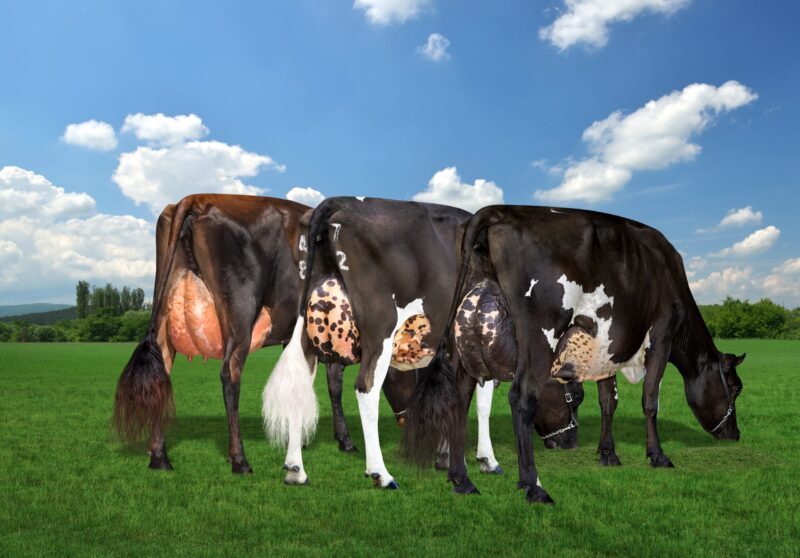
It is well recognised the major advantage of crossbreeding cattle is that the resulting progeny exhibit the strengths of the parent breeds with the added advantage of heterosis
Heterosis is most important for lowly heritable traits such as fertility, survival, feet & legs, and mastitis resistance. The performance of a crossbred for a trait will be a combination of the breed merit for that trait of the breeds which make up the crossbred and the heterosis for that trait which is expressed in the crossbred.
The major disadvantages are that crossbreds also have the weaknesses of the breeds from which they descend and heterosis in initial crosses declines with any backcrossing to the original breeds. The same applies if a cross bred bulls are used.
Rotational crossbreeding with three breeds can maintain substantial heterosis and the careful selection of the breeds where strength and weaknesses of each breed are complimented can lead to a wise crossbreeding strategy.
However, the maximum benefit of any crossbreeding program, particularly in a three-way strategy will only be realised when the best genetics from each breed are used.
Recent research funded by Dairy Australia analysed 23 years’ worth of data from over 18,000 farms and 900,000 cows.
It showed that a two-way Holstein-Friesian / Jersey cross showed added benefits over their purebred herd mates, but those who adopted an Aussie Red, Holstein, Jersey three way cross performed even better.
The purebred Holsteins produced more milk and larger quantities of protein and fat, but the crossbreds produced a higher percentage of protein and fat and had better survival and some measures of fertility. In the three-way cross compared to the two way cross all production traits were higher (except the backcross to a Jersey which had higher
milk components) but the three-way cross was a long way in front on reproductive aspects and they survived better.
In New Zealand cross breeding is popular for those farmers wanting tight calving patterns, and where high fertility is important and for the lower input systems where smaller cows are required.
Each of the Holstein, Jersey and Aussie Reds breeds tend to complement one another and a three-way rotational cross is a proven option for farmers following a cross breeding strategy.
Research in higher input herds in the USA also demonstrated the Montbeliarde breed as a profitable option when combined with a Holstein and Red breed. There are several herds using this strategy with success in Australia.